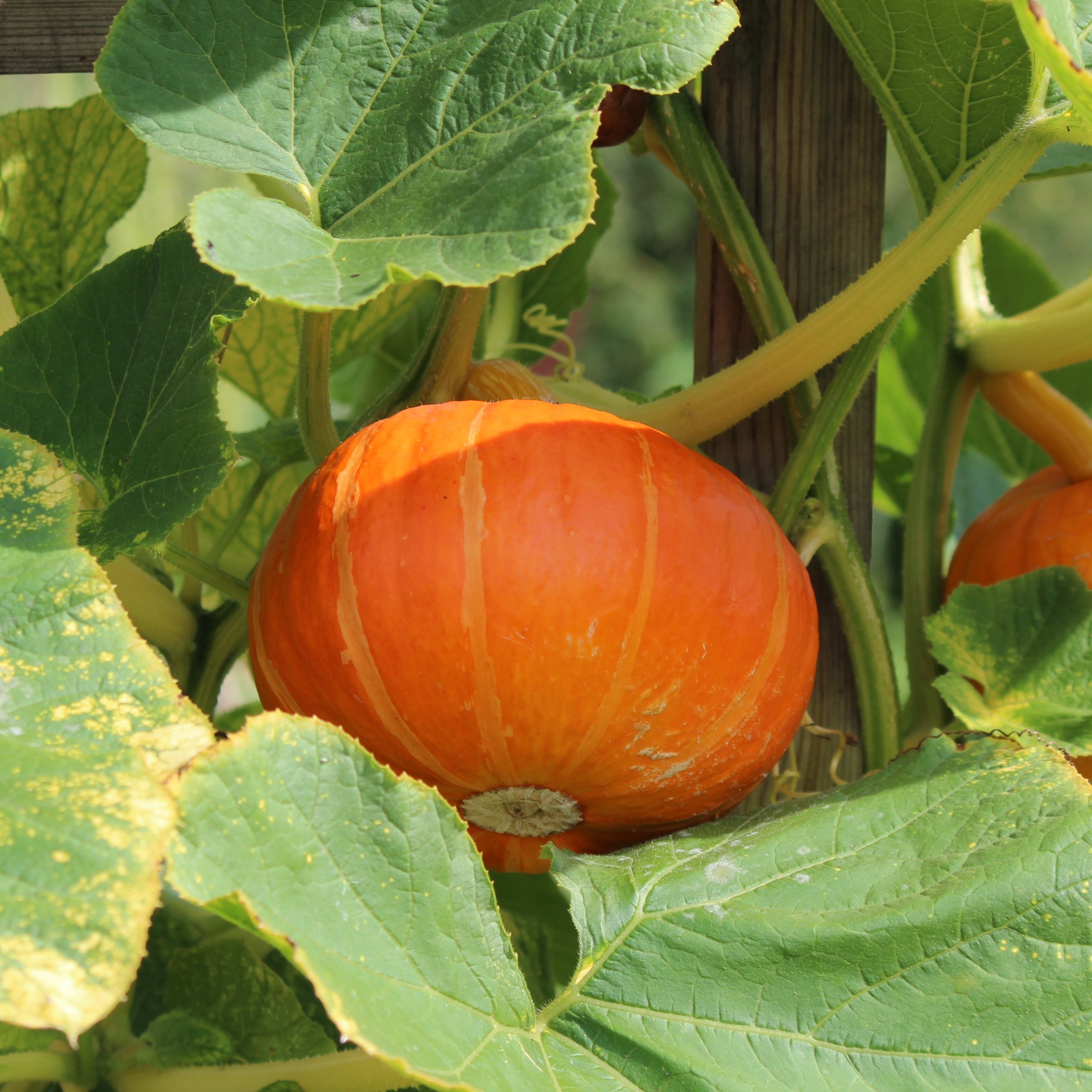
Introduction
Squash is a versatile and delicious vegetable that can be grown successfully in the United Kingdom. With their rich flavors and vibrant colors, growing squash in your garden can be a rewarding experience. In this comprehensive guide, we will walk you through the process of growing squash, from selecting the right variety to providing the necessary care for a bountiful harvest. Let's get started!
Choosing the Right Variety
When it comes to squash, there are several varieties suitable for the UK climate. Here are some popular choices:
- 'Butternut': A popular variety known for its sweet, nutty flavor and creamy texture.
- 'Acorn': This variety produces small, acorn-shaped squashes with a mild, slightly sweet flavor.
- 'Spaghetti': An outstanding variety that produces long, spaghetti-like strands of flesh, ideal for pasta substitutes.
- 'Crown Prince': This variety offers large, blue-gray squashes with dense, orange flesh and excellent storage qualities.
Sowing and Planting
Squash is typically grown from seeds. Follow these steps to sow and plant your squash:
- Sowing method: Start squash seeds indoors 4-6 weeks before the last expected frost. Plant them in seed trays or pots filled with seed-starting mix and keep them in a warm location with adequate sunlight.
- Transplanting: When the seedlings have developed several sets of true leaves and the risk of frost has passed, transplant them into the garden. Space the plants according to the recommended spacing for the variety.
- Soil conditions: Squash prefers well-drained soil that is rich in organic matter. Prepare the soil by incorporating compost or well-rotted manure.
- Planting depth: Dig a hole that is large enough to accommodate the root ball of the squash seedling. Position the plant so that the base of the stem is level with the soil surface.
- Watering: Water the soil thoroughly after transplanting to help the seedlings establish their roots.
Growing
To ensure healthy growth and a bountiful harvest of squash, consider the following tips:
- Sunlight: Squash plants thrive in full sun. Aim to provide them with at least 6-8 hours of direct sunlight each day.
- Watering: Keep the soil consistently moist, especially during dry spells. Squash plants require regular watering to promote healthy fruit development.
- Soil conditions: Squash prefers well-drained soil that is rich in organic matter. Mulching around the plants can help retain soil moisture and suppress weeds.
- Fertilizing: Apply a balanced fertilizer or side-dress with compost or well-rotted manure during the growing season to provide additional nutrients.
- Pollination: Squash plants require pollination for fruit set. Encourage pollinators such as bees by planting pollinator-friendly flowers nearby.
- Pest control: Monitor your squash plants for common pests such as squash bugs or cucumber beetles. Use organic or chemical controls as necessary.
- Harvesting: Squash is typically ready for harvest when the skin is hard and cannot be punctured easily with a fingernail. Use a sharp knife or pruners to cut the squash from the vine, leaving a short stem attached.
Conclusion
Growing squash in the United Kingdom allows you to enjoy the rich flavors and vibrant colors of these versatile vegetables. By choosing the right variety, providing proper care, and addressing common challenges, you can cultivate healthy squash plants that add depth and taste to your culinary creations. Whether you roast them, make soups or stews, or use them in baked dishes, homegrown squash will surely enhance your culinary experiences. Happy squash growing!